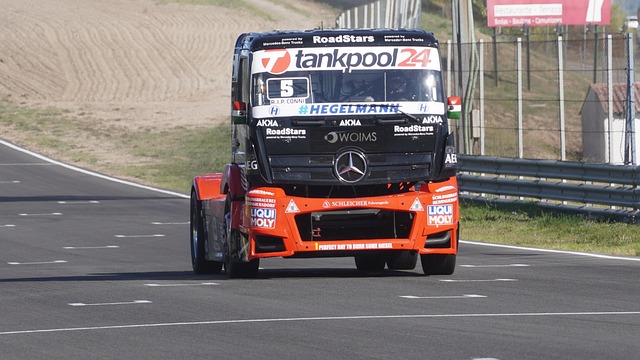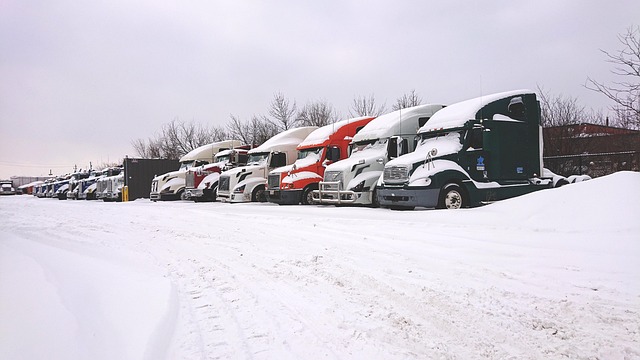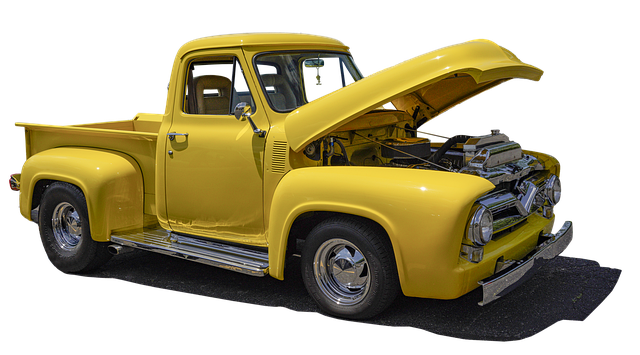Looking to register your car in California? This comprehensive guide walks you through the entire process, from understanding eligibility requirements to completing the DMV VIN verification. We’ll break down gathering essential documents, preparing your vehicle for inspection, and transferring the title. By the end, you’ll know exactly how to submit fees and receive your registration papers smoothly and efficiently.
- Understand Eligibility Requirements for Car Registration
- Gather Necessary Documents for DMV Vin Verification
- Prepare Your Vehicle for Inspection and Title Transfer
- Complete the California Car Registration Application Process
- Submit Fees and Receive Your Registration Papers
Understand Eligibility Requirements for Car Registration

Before you start the registration process, it’s crucial to understand if your vehicle meets California’s eligibility requirements. To register a car in California, you must first ensure that your vehicle is legally imported and up to safety standards. The Department of Motor Vehicles (DMV) conducts a vin inspection—a dmv vin verification—to cross-reference the Vehicle Identification Number (VIN) against their records and confirm the vehicle’s identity and history. This includes checking for any outstanding warrants or issues related to theft, among other things.
Additionally, your car must be insured by a company authorized in California before registration. Some vehicles may also require specific emissions tests, depending on their age and type. If you’re bringing a car from out of state, you might need to provide proof of previous registration and complete a mobile vin inspection or mobile vin verification to ensure the vehicle’s compliance with California’s regulations.
Gather Necessary Documents for DMV Vin Verification

Before you can register your car in California, you’ll need to ensure that all required documents are in order for DMV VIN verification. This process involves verifying the vehicle’s identity through its unique VIN (Vehicle Identification Number). Gather important papers such as the title or registration certificate from the previous state, a valid driver’s license, and proof of insurance. Additionally, you might need to provide documentation related to any recent repairs or accidents if they’ve been reported.
For a smoother process, consider obtaining a mobile VIN inspection or scheduling a vin inspection with a certified technician who can generate a detailed report, ensuring all information is accurate and up-to-date. This step is crucial as it helps prevent issues and delays during the registration process at the California Department of Motor Vehicles (DMV).
Prepare Your Vehicle for Inspection and Title Transfer

Before heading to the DMV for registration, ensure your vehicle is ready through a thorough inspection. This involves verifying that all necessary documents are in order, including your title and proof of insurance. Additionally, perform a mobile VIN verification to ensure your vehicle’s unique identification number (VIN) matches the records. This step is crucial as it aids in preventing fraud and ensures the accuracy of your vehicle’s history.
During this process, you might consider using a mobile vin verifier for convenience. Such tools simplify the inspection by providing real-time results, allowing you to address any discrepancies before reaching the DMV. A smooth title transfer relies on accurate information, so taking care of these preliminaries can significantly enhance your registration experience.
Complete the California Car Registration Application Process

To complete the California Car Registration Application Process, gather all necessary documents and information before beginning. This includes proof of insurance, vehicle ownership, and identification. Once prepared, visit a California Department of Motor Vehicles (DMV) field office or use the official DMV online services to submit your application.
For a streamlined process, consider utilizing mobile vin verification services that offer convenient alternatives to traditional methods. These mobile vin inspectors can perform remote checks, ensuring your vehicle’s history and identifying any potential issues before registration. This step is crucial in the California car registration process, as it aids in maintaining accurate records and preventing fraud.
Submit Fees and Receive Your Registration Papers

After completing the necessary paperwork, it’s time to submit your application and fees to the DMV. This step involves a crucial process known as VIN verification, where the unique vehicle identification number (VIN) is cross-referenced to ensure its authenticity and prevent fraud. The DMV will process your request, including a background check and title transfer if applicable.
Upon successful submission, you’ll receive your registration papers and official notification. This marks the completion of the car registration process in California. With these documents, you can legally operate your vehicle on public roads. Remember to keep these records up-to-date and readily accessible, as they are essential for future transactions, including any required mobile VIN verification or vin inspection.
Registering a car in California involves several steps, from understanding eligibility requirements to completing the DMV VIN verification process. By gathering all necessary documents, preparing your vehicle for inspection and title transfer, and meticulously filling out the registration application, you can ensure a smooth transition into California’s automotive ecosystem. Remember, a valid registration not only complies with legal obligations but also protects your investment and facilitates easier access to services like insurance claims and vehicle history reports.
